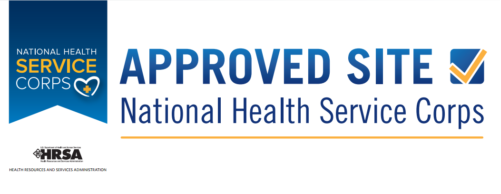Don’t cross-contaminate
Why it matters
Even after you’ve cleaned your hands and surfaces thoroughly, raw meat, poultry, seafood, and eggs can still spread illness-causing bacteria to ready-to-eat foods—unless you keep them separate.
But which foods need to be kept separate, and how?
Follow these top tips to keep your family safe
Use separate cutting boards and plates for produce and for meat, poultry, seafood, and eggs.
Placing ready-to-eat food on a surface that held raw meat, poultry, seafood, or eggs can spread bacteria and make you sick. But stopping cross-contamination is simple.
- Use one cutting board for fresh produce, and one for raw meat, poultry, or seafood.
- Use separate plates and utensils for cooked and raw foods.
- Before using them again, thoroughly wash plates, utensils, and cutting boards that held raw meat, poultry, seafood, or eggs.
- Once a cutting board gets excessively worn or develops hard-to-clean grooves, consider replacing it.
Keep meat, poultry, seafood, and eggs separate from all other foods at the grocery.
Make sure you aren’t contaminating foods in your grocery bag by:
- Separating raw meat, poultry, seafood, and eggs from other foods in your shopping cart.
- At the checkout, place raw meat, poultry, and seafood in plastic bags to keep their juices from dripping on other foods.
Keep meat, poultry, seafood, and eggs separate from all other foods in the fridge.
Bacteria can spread inside your fridge if the juices of raw meat, poultry, seafood, and eggs drip onto ready-to-eat foods. But stopping this contamination is simple…
- Place raw meat, poultry, and seafood in containers or sealed plastic bags to prevent their juices from dripping or leaking onto other foods. If you’re not planning to use these foods within a few days, freeze them instead.
- Keep eggs in their original carton and store them in the main compartment of the refrigerator—not in the door.
— Source: Centers for Disease Control and Prevention, FoodSafety.gov

